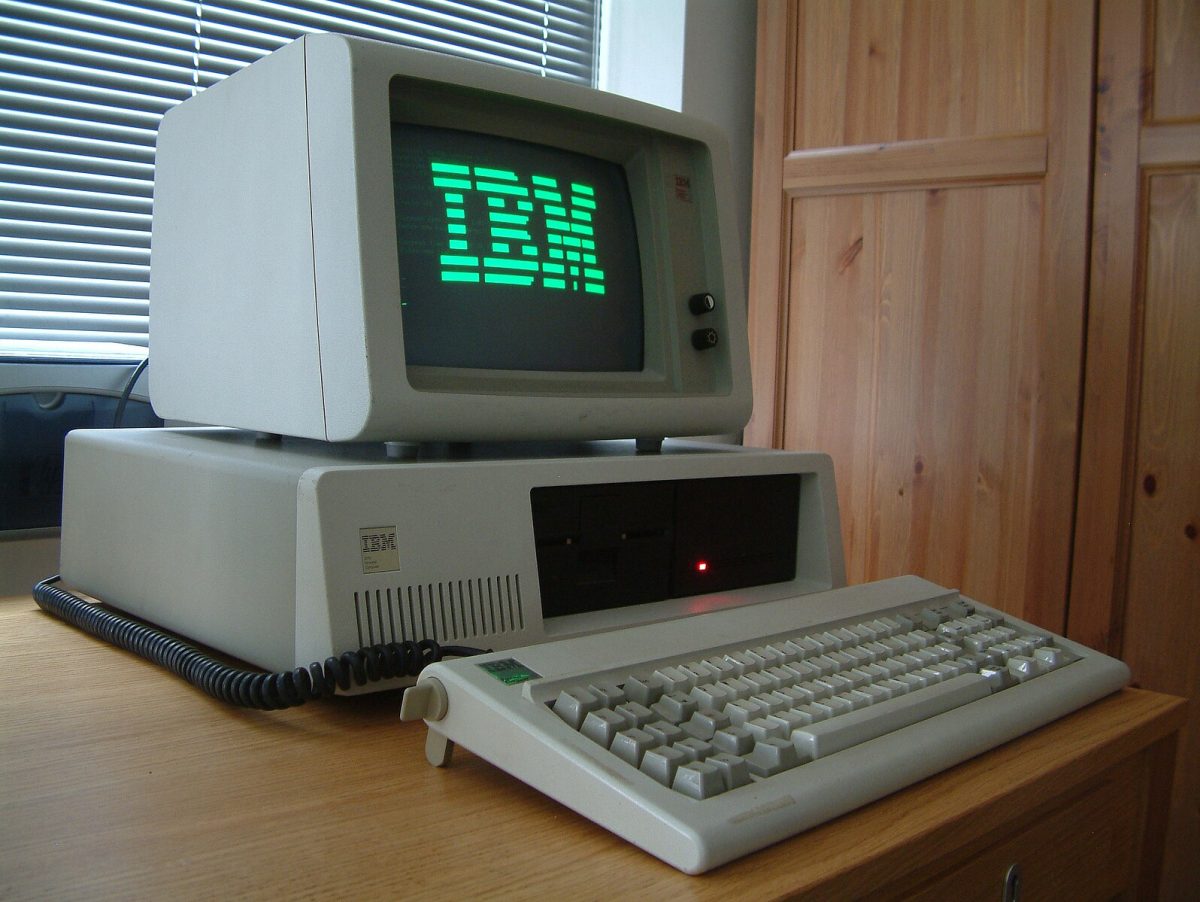Investors are bracing themselves for another week of tumultuous markets, owed to COVID-19, commonly referred to as coronavirus.
Markets experienced a frantic, steep decline the week of Feb. 28, as news of COVID-19’s further global spread hit investors.
South Korea recorded 586 new cases of the coronavirus on March 1, and Iran’s total number of infected cases jumped to 978.
The virus continued to spread in Europe, where cases in Italy rose to 1,128, followed by 100 in France, 73 in Spain and 35 in the U.K.
The first case in New York was also announced on March 1, and was narrowed down to Manhattan.
Feb. 28 was marked by further declines in the market, followed by volatile swings.
The Dow Jones Industrial had fallen more than 1,000 points through the day before jumping 640 points in the last minutes of the trading day.
The Nasdaq Composite experienced a similar swing, falling 3.5% before rallying later in the day into positive territory.
The S&P 500 Index swung wildly during the day but ended the trading session 1.36% up from the morning.
The penultimateof February was the final day of a long week for Wall Street.
All three major indices fell more than 10% over the week, posting their largest declines since October 2008.
The indices are also nearing “correction” territory, when they are down more than 10% from their all-time highs in February.
This was accompanied by a broad sell-off of commodities, such as crude oil and copper, and the U.S. 10-year Treasury note dropping to a record low.
According to the Wall Street Journal, the sharp retreat from the commodity market is due to China’s proportion of commodity demand, accounting for “about half of global consumption of commodities like copper.”
The fall has extended to agricultural commodities, such as sugar and cotton.
It is a major concern for investors who view commodity prices as a real-time indicatory of global economic activity.
Slumping demand and stagnant inventories continue to add to the uncertainty and trading volatility.
Crude oil and natural gas are two of the most notable commodity victims in these market conditions. U.S. crude oil fell to its lowest level since December 2018 on Feb. 28, ending the trading session at $44.76 a barrel.
Natural gas continued its decline, with futures dropping to a four-year low of $1.68 a million British thermal units.
Part of the energy industry’s performance can be pointed towards the sector’s heavy reliance on Chinese demand.
With a sharp drop in demand from China and oversupply, crude oil and natural gas prices have plummeted.
Declines in equities and commodities continue to accelerate, however, typical safe havens such as gold and bonds, have soared in the past weeks.
Gold reached its highest level in seven years last week, and the 10-year Treasury yield, which falls when prices rise, reached a record low of 1.040% March 1.
High-yield credit trading experienced one the worst two-week spans Feb. 28 since 2008, according to the Wall Street Journal.
Markit’s high-yield CDX index had its steepest ever decline since 2011, dropping nearly 5 points in two weeks.
Market fears of COVID-19 point to a deeper risk of a global recession. On Feb. 27, Goldman Sachs Group Inc. announced that it no longer expected any U.S. companies to post any positive earnings growth for the full year of 2020.
Disruptions in supply chains as well as a drop in global demand are hampering revenue growth and sending the shares of nearly all public companies down, excluding large pharmaceutical companies.
Chinese manufacturing activity also slumped heavily in February, coming in at its lowest reading March 1 since the survey was launched in 2004.
The news sent stock futures swinging wildly. Dow futures briefly fell more than 500 points, before rebounding, and pointing to an opening gain of more than 200 points.
Traders are expecting more volatility in the coming days as the effects of COVID-19 are fully realized.
The coronavirus outbreak has definitively changed the near-term outlook for investors as the depth of its economic fallout becomes clear.






